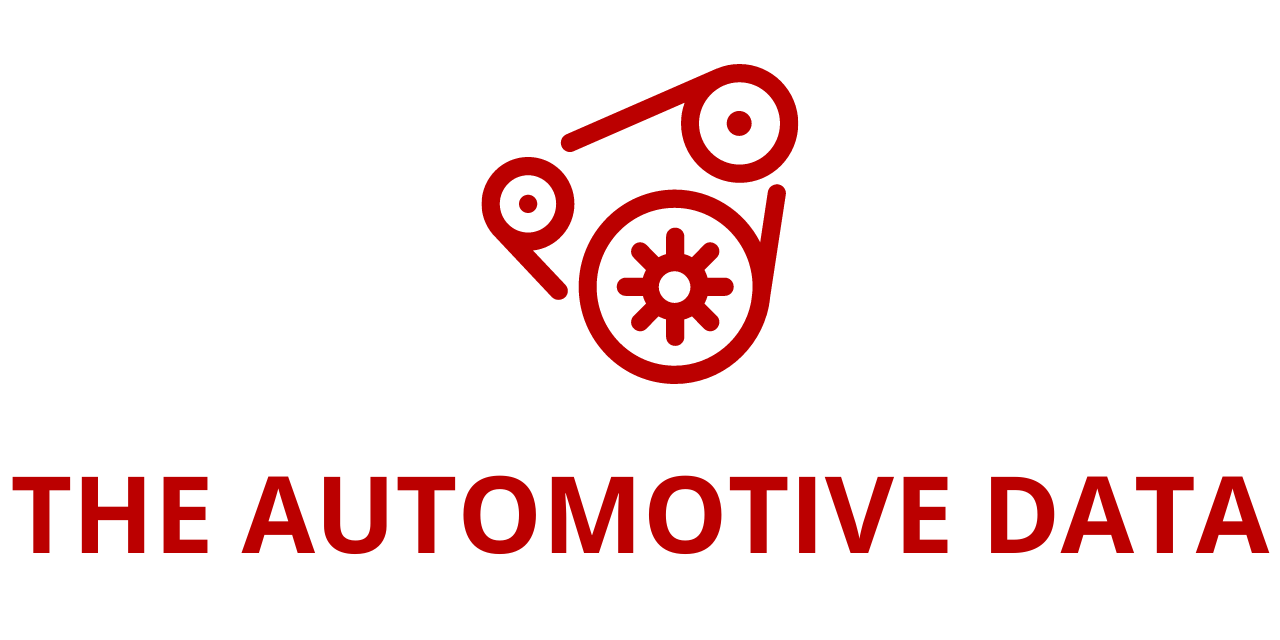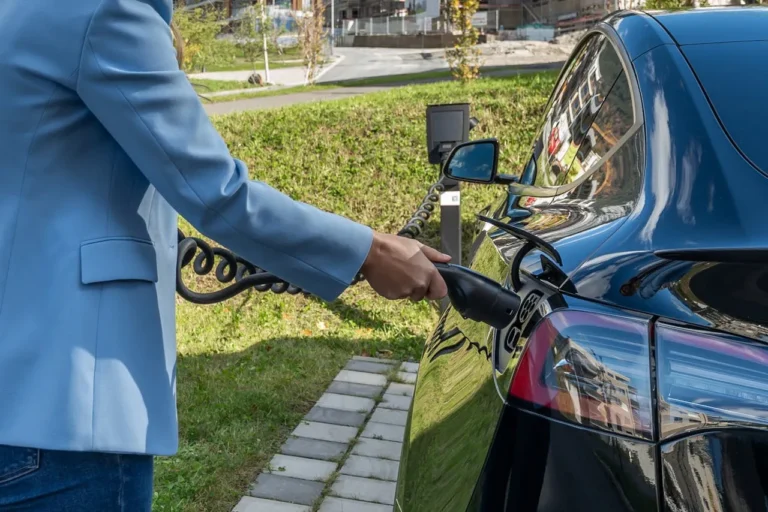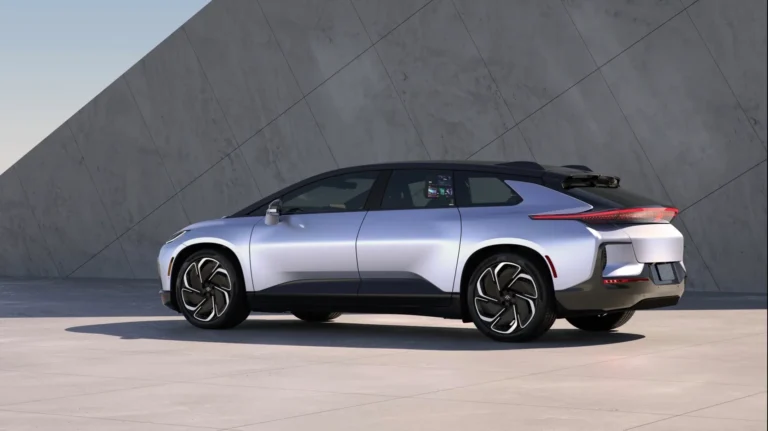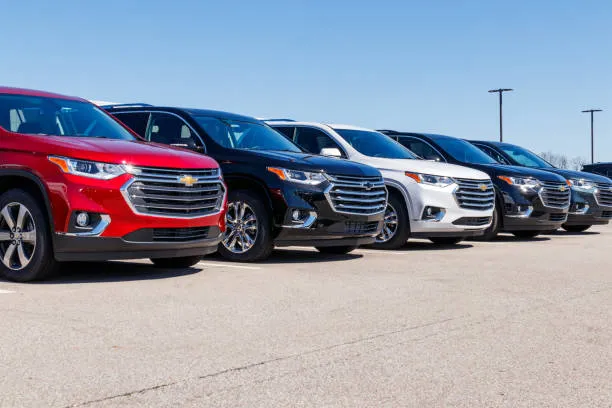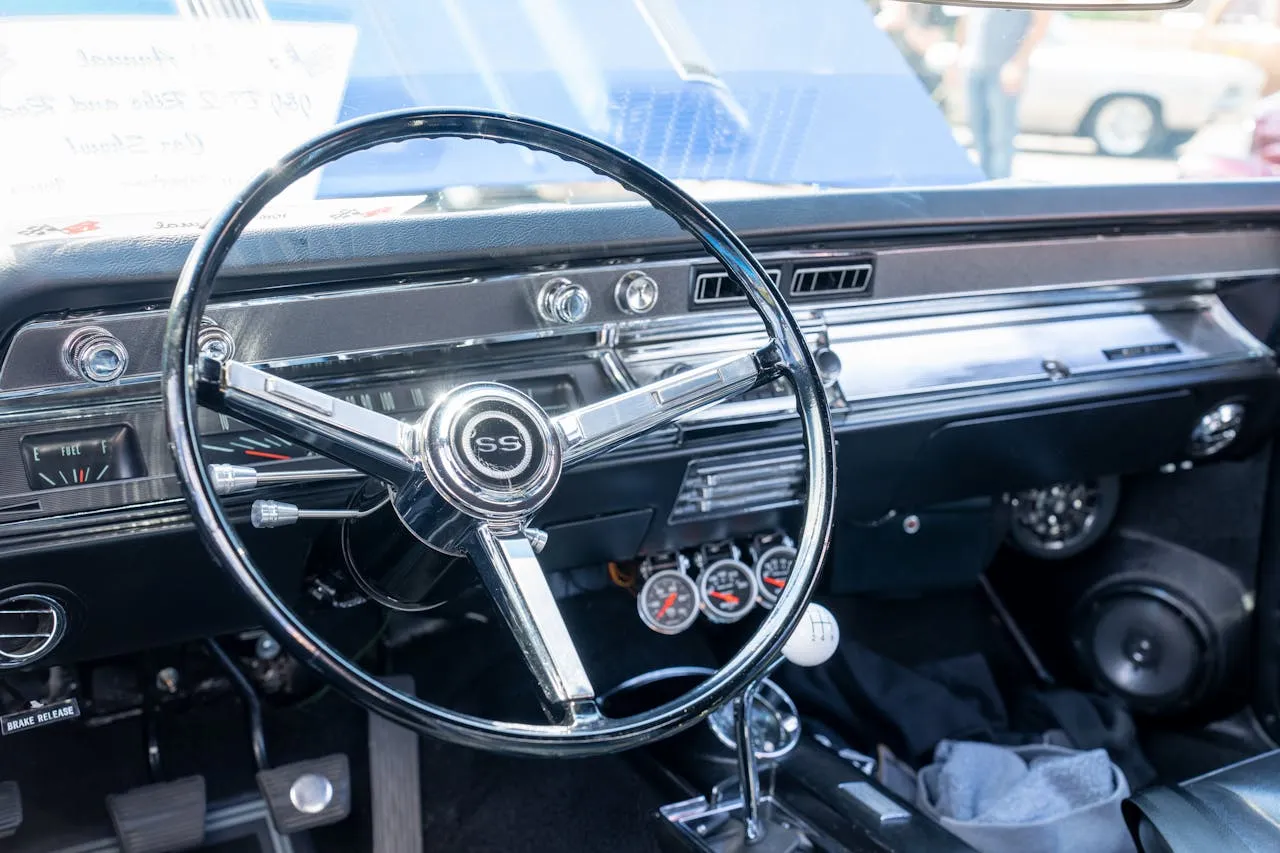
From Student Race Cars to Virtual Vehicle Innovation: A Conversation with Ben Beacock
A mix of curiosity, creativity, and Steering hands-on problem solving set Ben Beacock on a journey that began with student-built race cars and has evolved into shaping the future of simulation at GM Canada. Today, as a technical specialist for simulation, he blends innovation, mentorship, and practical expertise to redefine how vehicles are developed, tested, and brought to market.
Ben’s story is a reminder that engineering is not just about solving problems—it’s about imagining possibilities and turning them into reality. Through a combination of bold experimentation, collaboration, and continuous learning, he has carved out a career that bridges traditional automotive engineering and cutting-edge digital simulation.
We sat down with Ben to learn more about his journey, what excites him about the industry, and the role simulation plays in the next era of mobility.
How did your path to GM begin?
“My journey started back in 2003,” Ben recalls. “While completing my undergraduate studies at the University of Guelph in Ontario, I helped form the university’s first Formula SAE team. For those unfamiliar, Formula SAE is a student design competition organized by the Society of Automotive Engineers, where teams design, build, and compete with small formula-style race cars. Our first year, we built our inaugural car from the ground up. It was an incredible learning experience, full of trial and error, late nights, and hands-on engineering.”
Ben didn’t stop after graduation. He stayed on to serve as the team’s technical lead while pursuing his master’s degree. For their second car, the team made a daring choice: they designed it with all-wheel drive, a rare feature in the competition. “It was risky, but the car performed remarkably well,” Ben explains. “That project became a turning point for me.
The pivotal connection
It was at that point Ben caught the attention of Tri Gaffney, a virtual performance integration manager working on Corvettes at GM. Tri was volunteering at the event and noticed the innovative design. “He reached out and invited me to tour GM afterward,” Ben says. “There was a hiring freeze at the time, so I couldn’t join immediately, but we stayed in touch.”
This early connection highlighted the importance of networking and mentorship in engineering careers. “Sometimes, the right opportunity comes from the people who see potential and encourage you to take the next step,” Ben adds.
Joining GM: A journey through innovation
Ben officially joined GM in 2008, starting in a small controls group in Oshawa, Ontario, focused on chassis-side control systems—technologies that enhance vehicle stability, traction, and handling. From there, his responsibilities expanded rapidly. He contributed to diagnostic systems for the C7 Corvette, worked on wheel hub motor projects, explored semi-active damping systems, and mentored the University of Waterloo’s EcoCar team.
His path also took him to Pratt Miller Motorsports, where he gained invaluable experience on professional race teams. Ironically, during that time he was contracted back to GM to work on the C8 Corvette, focusing on lap time simulation and performance analysis. By 2021, Ben returned to GM full-time to focus on production software simulation in a PC environment, a role that combines technical depth with industry-wide impact.
What excites you about automotive engineering?
Ben highlights the unique pace of the automotive industry as a major draw. “Unlike aerospace, where projects can take 15 years to reach production, automotive design cycles are fast. You see the results of your work in vehicles quickly, and it’s rewarding to witness your contributions in the real world and even in the media.”
He also appreciates the hands-on nature of automotive work. “I like being close to the product, interacting with what I’ve helped build. Automotive projects are complex and meaningful, but also tangible—something you can touch and experience.
Pushing the boundaries of simulation
One of Ben’s proudest achievements at GM involves accelerating the creation of simulation environments. “We’re developing virtual versions of vehicle controllers in real time. Every time a new build is generated for a physical controller, we can instantly produce the virtual version as well. That virtual controller integrates into nightly simulation runs, allowing us to detect potential issues long before they ever reach a physical vehicle.”
This capability is a game-changer for automotive development. It reduces errors, improves safety, and accelerates the development cycle, giving engineers more confidence that vehicles will perform as expected on the road.
Looking ahead: Goals and growth
Ben is focused on advancing simulation not just in his immediate team, but across the broader enterprise. “My goal is to become an enterprise leader in simulation—working with advanced driver assistance systems, vehicle simulation teams, and production software teams to unify our approach. I’m on an individual contributor path, aiming for the role of Technical Fellow.”
Mentorship is another core aspect of his vision. “I’ve learned the importance of empowering others. You can’t be everywhere at once, but you can teach and guide others to solve problems, grow their skills, and contribute to the mission.”
Balancing work and personal passions
Outside of GM, Ben channels his technical skills into personal projects. “I have more hobbies than time,” he says with a laugh. One notable project is a heavily modified Volkswagen he converted into a mid-engine plug-in hybrid. “It constantly needs attention, but that’s part of the fun. It gives me a technical outlet outside of work and helps me reset.”
This hands-on tinkering reflects a broader mindset: continuous learning, experimentation, and practical problem-solving.
Challenges and strategies
Even with a successful career, Ben faces challenges. “The biggest one is simply that I can’t be everywhere at once. I get asked to jump in on multiple projects, and early in my career I tried to solve every problem myself. Over time, I learned that mentorship, delegation, and empowering others are more effective strategies.”
This approach not only advances projects faster but also develops the next generation of engineers, creating a culture of collaboration and growth.
Driving industry-wide innovation
Ben emphasizes that GM stays ahead in innovation by focusing on interoperability and industry standards. “Part of my role is ensuring that GM’s simulations work across multiple tools and platforms. The more systems that can utilize our models, the more robust the simulation environment becomes. Collaborating with vendors to support these standards elevates the entire industry.
The future of mobility
When asked about GM’s role in the future of transportation, Ben is clear: automation is key. “We’re helping lead the shift toward autonomous vehicles. There are challenges—like infrastructure and public adoption—but we’re building capabilities now to ensure readiness when the market is ready. Automation enhances safety, and that’s a responsibility we take seriously.”
Advice and reflections
Ben’s philosophy is rooted in curiosity and versatility. “I’ve always embraced learning across domains—hardware, software, fabrication, and more. While specialization is valuable, being a generalist has strength too. It allows me to connect across teams, identify opportunities, and create more comprehensive solutions.”
His career is a testament to blending passion, technical skill, and mentorship. By taking calculated risks, fostering collaboration, and continuously exploring new technologies, Ben Beacock is helping GM drive the next era of automotive innovation—one virtual simulation at a time.
